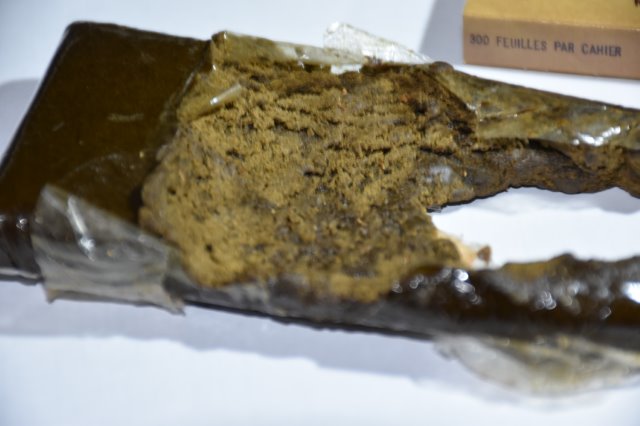The smoking of recreational cannabis sometimes leads to what we call the munchies. It’s a regular habit of a stoner to consume a lot of junk food, although there is a more broad and diverse relationship between the smoking of cannabis and appetite. Researchers study that relationship by analyzing how cannabinoids ignite “hunger hormones” that trigger your brain to increase appetite. However, a team of scientists at Georgia State University and the University of Connecticut is testing a way to measure the munchies. They’re measuring the amount of high-calorie “junk food” which was sold before cannabis legalization in their state, and weighing it with how much they bought after legalization. After the first round of results, it was realized that the munchies are real.
Research connecting cannabis and appetite have not succeeded in providing conclusive proof for why smoking cannabis makes you eat. Endocrinologists have proposed that THC can stimulate the hormones that transmit hunger signals to the brain. The main hunger hormone is ghrelin. Plus, scientists have discovered that the smoking of marijuana both generates ghrelin and makes the brain more sensitive to it. And researchers believe that those factors contribute to the munchies.
In different fields, researchers have searched for neuroscientific or theoretical explanations for why the consumption of cannabis makes people hungry. However, although despite all that attention, there’s still some skepticism. Some people still believe that munchies are just a myth.
However, researchers Michele Baggio and Alberto Chong conducted investigations to see if the munchies were a measurable fact. The researchers wanted to know the extent to which munchies exist. For that to happen, they collected local scanner information from The Nielsen Company and marketing databases at the University of Chicago. This information demonstrates the amount of high-caloric food that is being sold. They also analyzed how the application of adult-use marijuana laws affected that data.
To be sure of how legal weed affects junk food consumption, researchers measured both scanner and marketing data from counties situated on both sides of the border of adult-use states. After that, they analyzed what occurred before and after legalization. If the selling of junk food increased on both sides of the border, that signifies that legalization has a less probability of having an impact.
However, the datasets showed something else. They instead revealed that the sale of high-caloric food increased in counties that legalized weed. In non-legal, cross-border counties, they witness a decrease. The investigation from Baggio and Chong closely analyzed three foods: cookies, ice cream, and chips. According to the results of the data, the munchies are real—and measurable. And the study concluded that the legalization of adult-use marijuana leads to an increase in sales of junk food.
Notably, the study discovered that in adult-use states, the monthly sales of ice cream rose by 5 percent, cookies by 6 percent and chips by 6.6 percent. The study’s slowest data even favored that similar trend. Marginally, the sale of cookies, ice cream and chips rose by 4.1, 3.1 and 5.3 percent, respectively. Furthermore, the increase in marijuana consumption was due to adult-use legalization. Surprisingly, as the adult use program went into effect, the sale of junk food slowly decreased.






